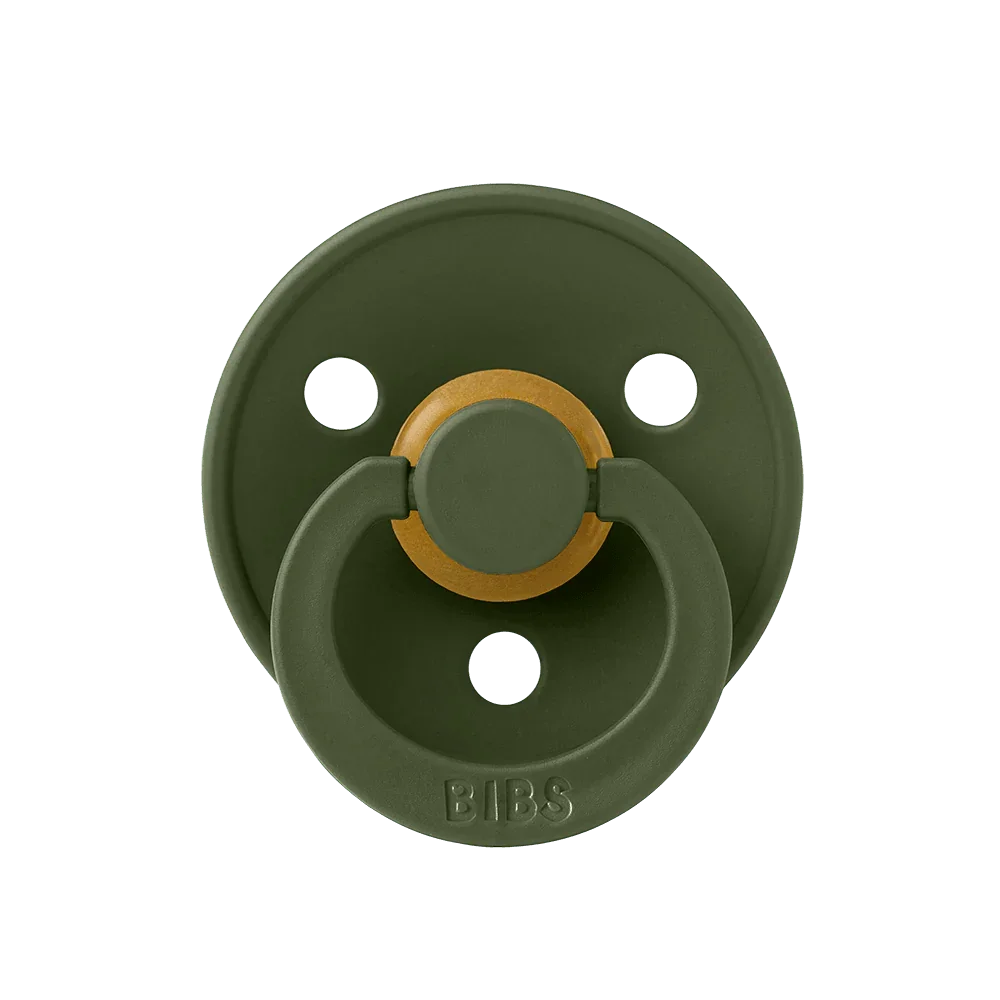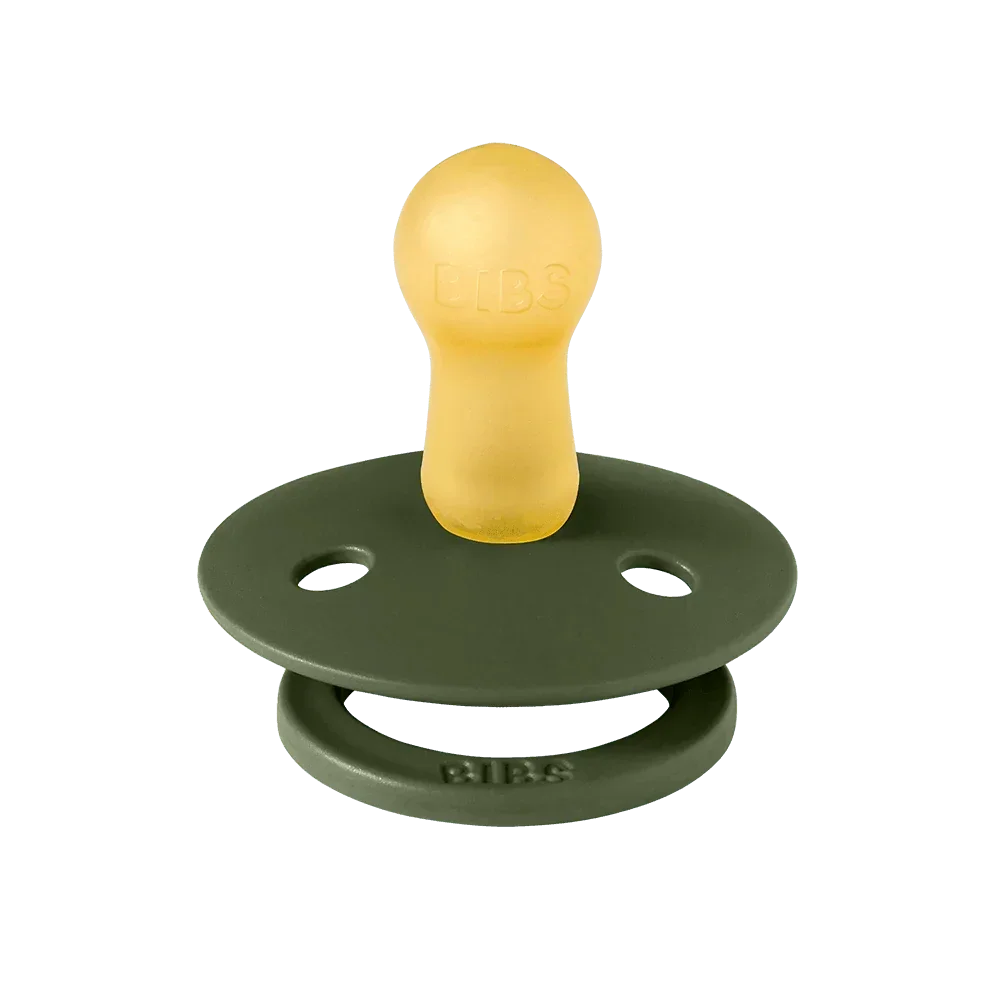Signs that the pacifier needs to be replaced
Since natural rubber latex is a natural material, it can in some cases expand. Whenever you experience a change in the material the pacifier must be replaced.
Natural rubber latex pacifiers must be replaced when you see the following signs:
• Changes in the surface
• Changes in size
• Change in shape
• Rupture in the material
• Becomes brittle or sticky
































